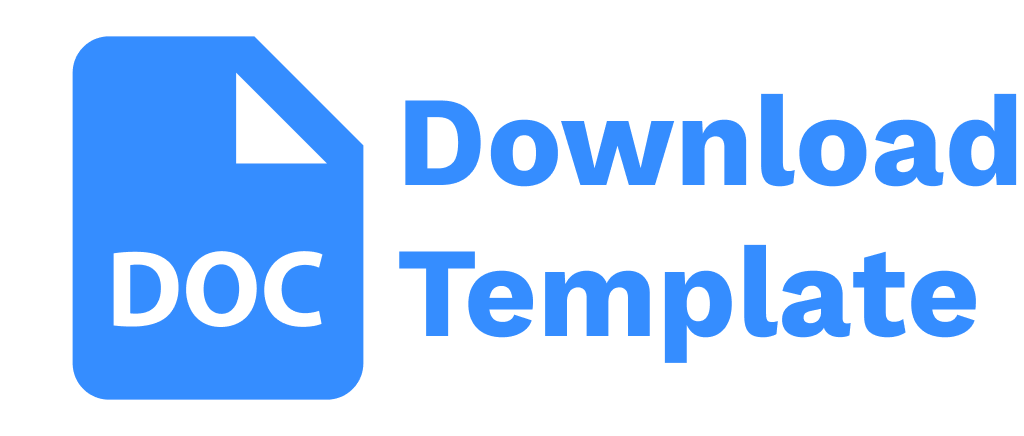Implementation of Guided Inquiry Model with Multimedia to Improve Student Learning Outcomes of Class V MI
Implementasi Model Inkuiri Terbimbing dengan Multimedia Untuk Meningkatkan Hasil Belajar Siswa Kelas V MI
DOI:
https://doi.org/10.21070/madrosatuna.v5i2.1531Keywords:
Guided Inquiry, Multimedia, Natural Science, Learning OutcomesAbstract
The problem of this research is based on such as students who are less active in questioning with the teacher, and students have not been facilitated to carry out various activities such as experimental tools or various experiments, and also the media still does not attract the attention and enthusiasm of students in learning in class. The aims of this study were (1) to describe the application of a guided inquiry model with multimedia to improve science learning outcomes for fifth-grade students at MI Kelopo Telu Tuban (2) to describe science learning outcomes for fifth-grade students at MI Kelopo Telu Tuban (3) to describe improving science learning outcomes in the application of guided inquiry model with multimedia in class V MI Kelopo Telu Tuban. The type of research used is collaborative classroom action research which is carried out in two cycles. Each cycle consists of four stages: planning, implementation, observation, and reflection. The research subjects in this study were students V MI Kelopo Telu Tuban, totaling 15 students. The data used are quantitative in the form of evaluation test results and qualitative data in the form of observations and interview sheets to students regarding the application of guided inquiry models with multimedia. Data collection techniques used are test and non-test techniques, namely observation, and interviews. Data analysis includes data reduction, data presentation, and drawing conclusions. From the results of research on student learning outcomes, each cycle experienced an increase in the application of guided inquiry learning science with this multimedia model. in the first cycle, the average is 77.33, and the completeness is 66.66%, while in the second cycle the average is 82.26 and the completeness is 93.33%. It can be said that classical completeness has been fulfilled because it has reached 75%. Thus, the conclusion of this study is that the application of the guided inquiry model with multimedia can improve learning outcomes in class V MI Kelopo Telu Tuban students.
References
Afandi, A., (2013). Pendekatan Open-ended dan Inkuiri Terbimbing ditinjau dari Kemampuan Pemecahan Masalah dan Representasi Multipel Matematis. Jurnal Pendidikan Matematika.Vol 8 (1). Hal. 1-11.
Anshory,I.,Saputra,Y.,S., dan Amelia, D.,J. (2018). Pembelajaran Tematik Integratif Pada Kurikulum 2013 Di Kelas Rendah Sd Muhammadiyah 07 Wajak. Jurnal Inovasi Pembelajaran, Vol 4 (1). Hal. 35-46.
Anam, (2017). Pembelajaran berbasis inkuiri metode dan aplikasi. Yogyakarta: Pustaka pelajar. Hal. 7.
Darmodjo, H. & Kaligis, J. R.E. (1991/1992). Pendidikan IPA II. Jakarta : Proyek Pembinaan Tenaga Kependidikan Direktorat Jenderal Pendidikan Tinggi Departemen Pendidikan dan Kebudayaan.
Kadaruddin, (2016). Media dan Multimedia Pembelajaran. Yogyakarta:Deepublish. Hal. 1-294.
Mahnun, N., (2012). Kajian terhadap Langkah-langkah Pemilihan Media dan Implementasinya dalam Pembelajaran. Jurnal Pemikiran Islami, Vol 37 (1). Hal. 27-33.
Miftah, M., (2018). Pengembangan Dan Pemanfaatan Multimedia Dalam Pembelajaran Interaktif. Jurnal Litbang. Vol XIV (2). Hal. 147-156.
Miles, M.B. dan A.M. Huberman. (1992). Analisis Data Kualitatif: Buku Sumber Tentang Metode-Metode Baru. Jakarta: UI Press.
Nomleni, F., L., dan Manu, T., S., N., (2018). Pengembangan Media Audio Visual dan Alat Peraga dalam Meningkatkan Pemahaman Konsep dan Pemecahan Masalah. Jurnal Pendidikan dan Kebudayaan, Vol 8 (3). Hal. 219-230.
Pedaste, M, et. al. (2015). Phases of Inquiry-based Learning: Definitions and the Inquiry Cycle. Journal Educational Research Review, Vol 14. Hal. 47-61.
Purwanto. (2014). Evaluasi Hasil Belajar. Yogyakkarta: Pustaka Belajar.
Ristanto. (2011). Pembelajaran Biologi Berbasis Inkuiri Terbimbing Dengan Multimedia Dan Lingkungan Riil Terhadap Prestasi Belajar. Vol 6 (1). Hal. 53-68.
Sadiman, A. S., Rahardjo, R., Haryono, A., Harjito. (2012). Media pendidikan, pengertian, pengembangan dan pemanfatannya. Jakarta: CV. Rajawali.
Samatowa, Usman. (2011). Pembelajaran IPA di Sekolah Dasar. Jakarta: PT. Indeks.
Sugiyono. (2008). Metode Penelitian Kualitatif dan R&D. Bandung: Alfabeta.
Suherman., E., (2003). Evaluasi Pembelajaran Matematika. Bandung : JICA. Vol 2 (1). Hal.1-57.
Sukriswati., (2016). Upaya Peningkatan Hasil Belajar Pkn Materi Lembaga Pemerintah Pusat Melalui Model Cooperative Tipe Make A Match Kelas Iv Sdn 2 Gerduren Semester Genap Tahun Pelajaran 2015/ 2016. Academy Of Education Journal. Vol 7 (1). Hal. 16-22.
Tanjung, H., S., dan Sababan, S., A., (2016). Pengaruh Penggunaan Metode Pembelajaran Bermain Terhadap Hasil Belajar Matematika Siswa Materi Pokok Pecahan Di Kelas Iii Sd Negeri 200407 Hutapadang. Jurnal Bina Gogik. Vol 3 (1). Hal. 35-42.
Yusman. A.( 2010). Pengaruh Model Pembelajaran Inkuiri Terhadap Hasil Belajar Fisika Siswa pada Pokok Bahasan Gerak. Skripsi. UIN Syarif Hidayatullah Jakarta.







